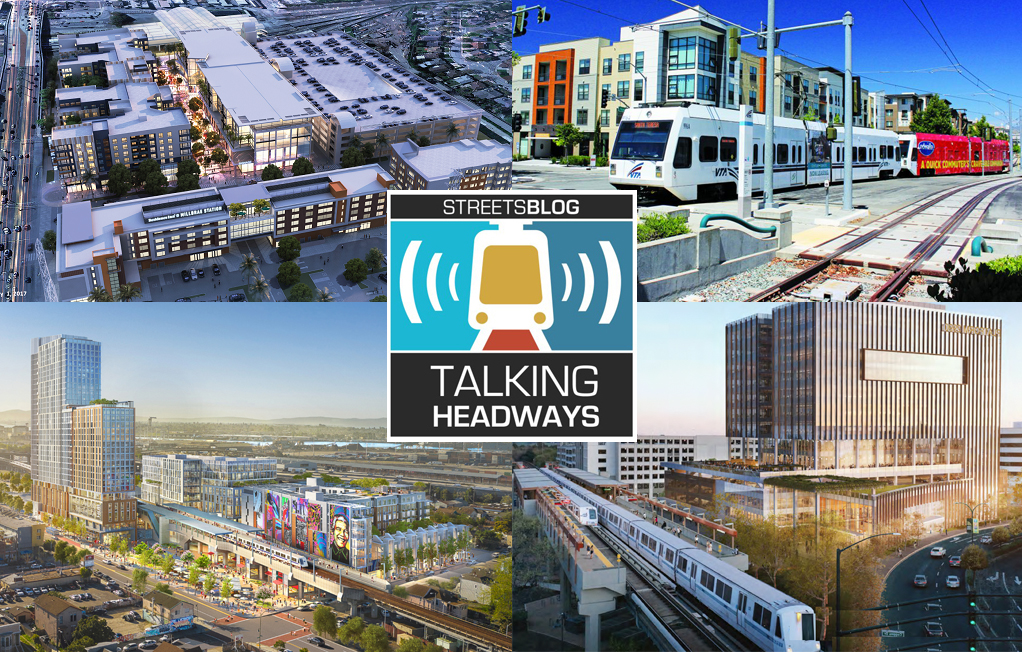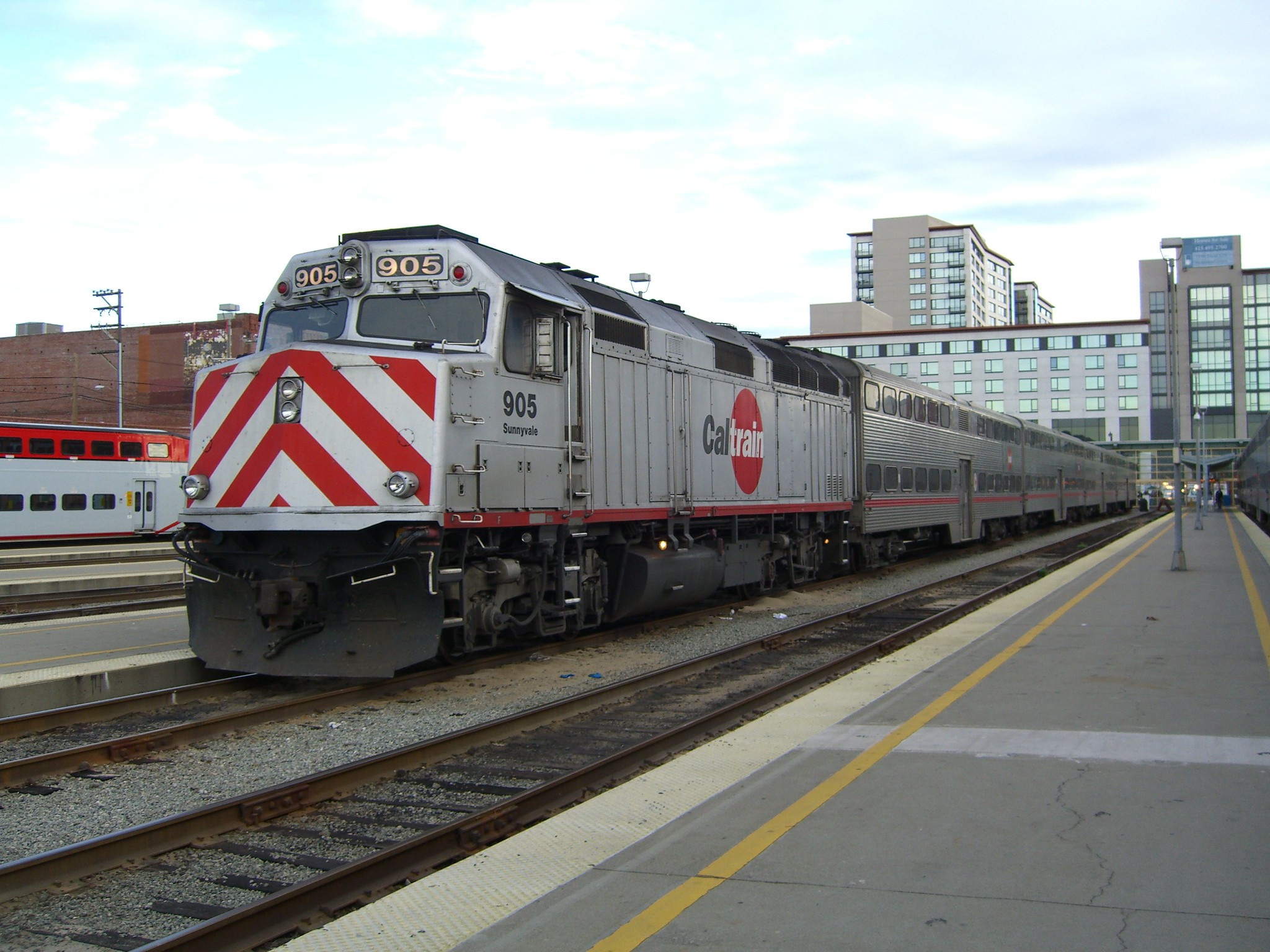This week we’re joined by Abby Thorne-Lyman, former director of Real Estate at BART, to talk about BART’s development projects and priorities, and the importance of real estate to BART’s future.
If you're the kind of person who prefers to read rather than hear gripping conversations like this, click here for a full unedited transcript. If you want a nice summary as a teaser, read the excerpts below the player:
Jeff Wood: How have the transit-oriented development policy and guidelines aged? Are there things that you wish were different or are there things that are being tweaked as we speak? What’s the process like?
Abby Thorne-Lyman: The biggest tension for us has been that we have developed a reputation in California that we are very supportive of housing and of affordable housing in particular. But unfortunately, a lot of developers assume that means we’re going to give our land away for free. And one of the other big things that’s changed over the last couple years has been that BART’s ridership is less than half of what it was before Covid. And we really heavily relied on fares for the operating budget. So we had this tension of wanting to support affordable housing, wanting to do everything we could, but also having a serious budget crisis. At BART, we talk about the fiscal cliff; at the end of 2024 or early 2025, we won’t have any money to run BART.
Abby Thorne-Lyman (17m 0s):
And so for our real estate department to be negotiating these deals where developer’s coming to us and saying, hey, you can take no ground lease revenue. You know, the optics of that don’t work for us right now, even though on the one hand we’re supporting affordable housing and that’s great and that’s so needed. But you know, a lot of people say, well, BART’s a transit agency, BART should be running trains. Why are you bothering to focus on housing at all? And so we did, in 2020 we brought an amendment to the policy to draw a line around financial return and make it clear to everybody that we were willing to give a 30% discount from fair market value, but no more than that. And that to meet that you had to meet certain criteria around, you know, you have to have at least 35% affordable housing and it has to be a pretty, you know, deep level of affordable housing.
So that’s been the number one tension for us that we really did have to go back into the policy and revisit because we were so successful at raising the visibility of what we do.
Jeff Wood: Do you expect in the future at some point that those revenues will contribute significantly to BART’s budget?
Abby Thorne-Lyman: It depends on how you look at things. BART’s budget is $2 billion. So in the scheme of things, how much difference is ground lease revenue going to make? But what BART has always been about and the reason BART has had this program for upwards of 30 years has been about ridership. And so we’ve done a lot of analysis, modeling and surveying to understand whether people who live at BART stations or work at BART stations actually take BART more. And that’s the core of our revenue source right now.
And $80 million of our land value was infused into building new parking garages at these projects. And you know, we’re just not going to do that anymore. We can’t afford to. But we were able to retain and increase, just really give our ridership a big boost by doing that. So if you look at just the ground lease revenue, we’re only bringing in about $2 million a year. But you know, $80 million of our value went into garages. But if you look at our ridership revenue, just the riders coming out of those projects, it’s in the 10-, 20-, 30- millions of dollars per year. So it’s a very different picture.
Jeff Wood: It’s a double bonus really because you get both the value out of the land and then you get the value from the ridership as well.
Abby Thorne-Lyman: That was always the intention. People who live near BART are two or three times more likely to take BART, but is that sticking? And most of our projects now have very low, if any, parking. So people don’t have a choice, right? They’re going to leave their house, they’re going to have to get on some kind of transit or get on a bike or walk. And so one of the things we really need to do is do some new survey work to figure out if it’s true that our TODs are still outnumbering and outperforming everything around them.





